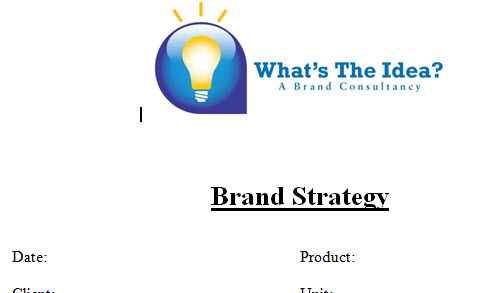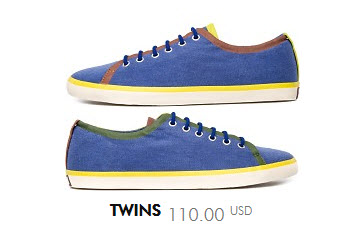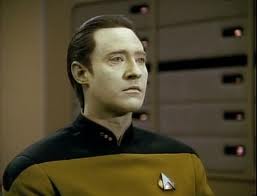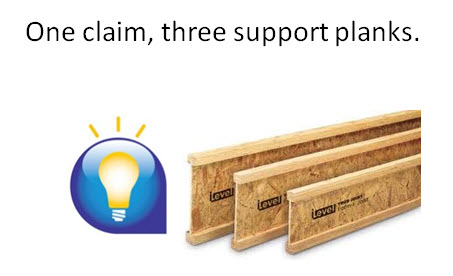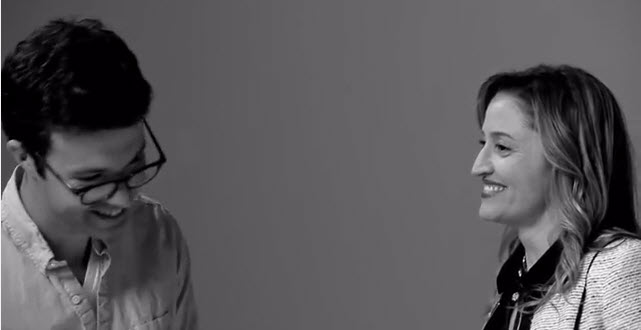CBS and Google.
A little over 4 years ago I predicted Google would break up into 3 different companies. It would happen in about 48 months, the non-prescient post suggested. I was wrong. The post had over a 1,000 hits, partly because of a point I made about Google’s culture of technological obesity, a tidbit picked up by Steve Rubel and Life Hacker. Who knew?
Today CBS, a proclaimed content company, has made public its plans to spin off and IPO its outdoor business. A $3.3B advertising and real estate venture, it is deemed non-core. CBS is rolling financially, owning an amazing share of prime time TV viewership as well as a successful film business, a cable channel and online properties. CBS is making the move during a period of earnings strength. It’s still about portfolio focus.
My Google trivestiture prediction was also about focus. But without any government pressure, Google has decided that a diverse portfolio, kept buoyant by mad ad revenue, is the best way forward. Google can afford to pizzle away money on Motorola, and self-driving cars and, and, and. Google is taking the GE approach, becoming a diversified technology company. And I’m liking it.
CBS gets what it is good at — content. Its diversity comes from flavors of content: prime time, movies, cable and online. Google is good at putting the world’s information at our finger tips… yet it is looking beyond the dashboard toward what’s next. And as long as Google can turn a profit, it’s a brilliant approach. (That’s why Facebook bought Oculus Rift. It’s non-core, but it is about the future.)
For businesses, focus gets you smarter and better. Diversity gets you smarter and better. No wrong, until the shareholders start to wince. Peace.

